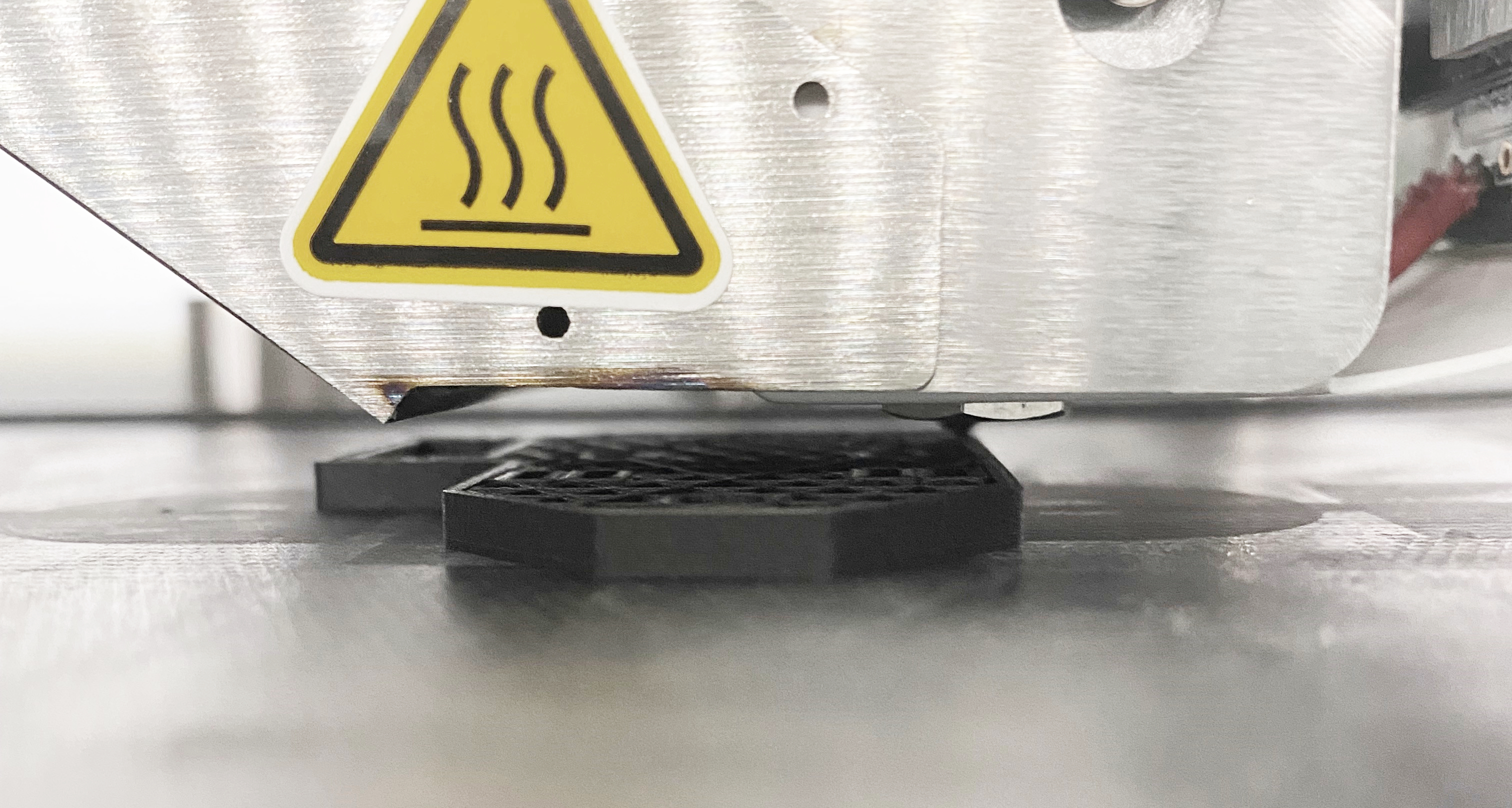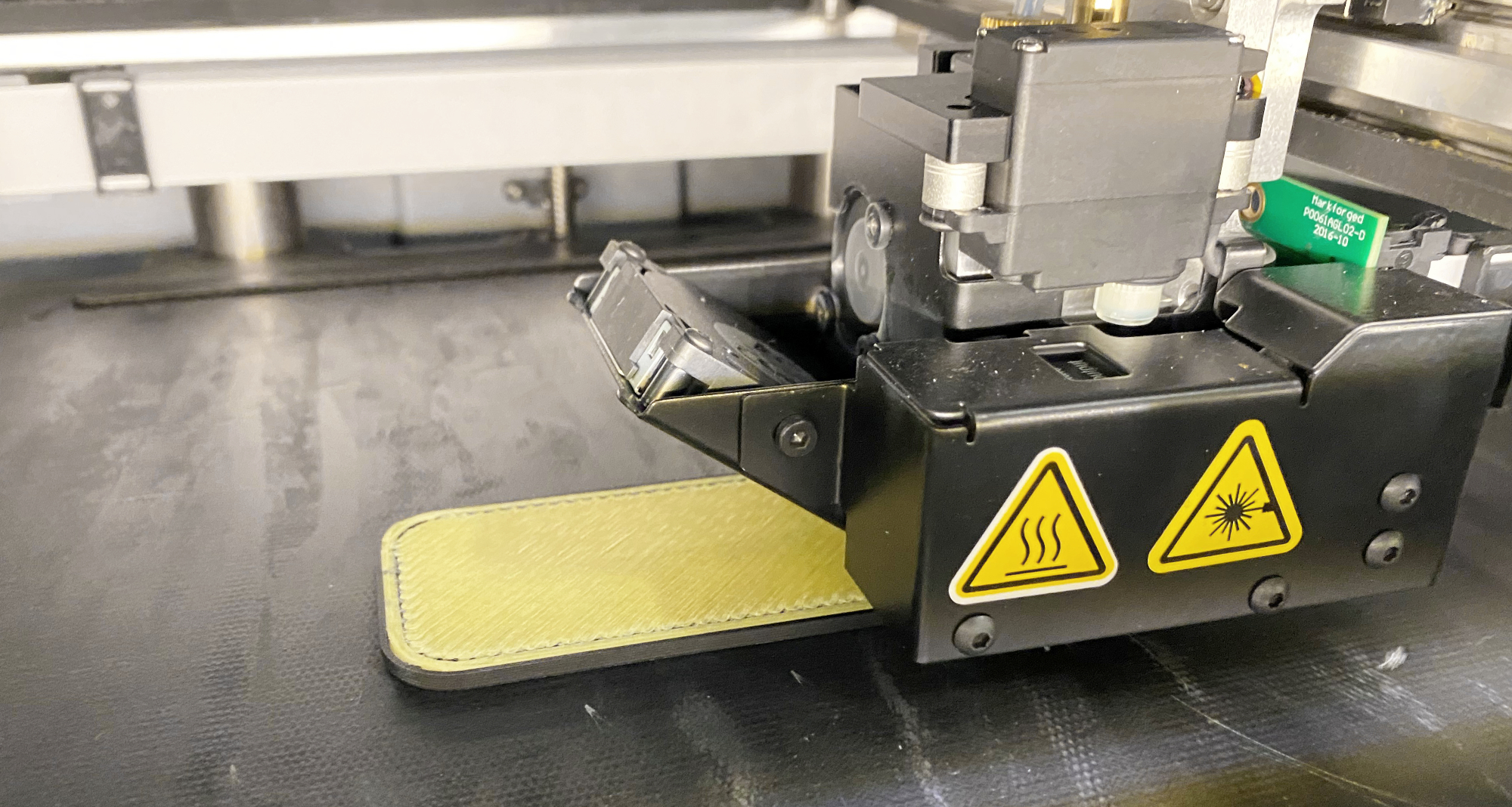CAPABILITIES
3D Printing Service
Instant Quotes & DFM Feedback
Parts as Fast as 1 Day
FDM & CFR Technologies
Instant Quotes & DFM Feedback
Parts as Fast as 1 Day
FDM & CFR Technologies
All uploads are secure and confidential.
3D Printing Capabilities
3D Printing Materials
What is 3D Printing?
What is 3D Printing?
3D printing, or additive manufacturing, is a progressive production technique where three-dimensional objects are constructed by sequentially layering materials. Contrary to traditional manufacturing, which frequently involves reshaping raw materials through methods like cutting or molding, 3D printing constructs objects layer by layer. This novel approach offers several notable benefits. Firstly, it facilitates the fabrication of highly intricate designs and structures that are not feasible with conventional methods. Secondly, 3D printing is economically efficient as it enables on-demand production, thereby eliminating the costs related to large inventory management and production line downtime. Lastly, 3D printing showcases environmental consciousness by minimizing waste, a typical byproduct of traditional manufacturing processes. Consequently, 3D printing is instigating a transformative shift in product design and manufacturing methodologies.
Types of 3D Printing
The domain of 3D printing embraces various techniques, each possessing unique characteristics and applications. Fused Deposition Modeling (FDM) is the most prevalent form of 3D printing, where a plastic filament is heated and extruded to construct a three-dimensional object. Although typically less costly than other forms, FDM may compromise on accuracy. Additionally, there's Continuous Fiber Reinforced Filament (CFR) printing, which employs reinforcing fibers like Carbon Fiber, Kevlar, or Fiber Glass to enhance the strength and durability of FDM printed parts. Despite being costlier than FDM, CFR prints offer the advantage of increased durability and resilience.
About the 3D Printing Process
The 3D printing process initiates with the development of a digital model of the intended object, which is then forwarded to the 3D printer. The printer translates the digital model into a tangible replica, layer by layer. The choice of materials for 3D printing depends on the anticipated final product and the specific printing technique. 3D printing surpasses traditional manufacturing methods in flexibility, cost-effectiveness, and production speed. While current technology constraints limit the printing of large objects or ones with moving parts, continual advancements are progressively expanding the realm of possibilities. It's conceivable that, in the future, nearly anything could be 3D printed.
CNC vs 3D Printing
In comparison to additive methods like 3D printing, CNC machined parts generally offer enhanced functional strength and superior production quality and finish. Hence, 3D printing is frequently utilized in mid-to-late stages of product development when functional accuracy tests are conducted on prototype parts.
3D Printing Design Considerations
Designing for 3D printing demands attention to various factors to ensure successful print output. A critical aspect is the orientation of the object during printing, especially for objects with intricate internal structures or delicate features, which might require horizontal printing to avert damage. The chosen material, with its unique properties and requirements, is another pivotal factor affecting the selection of the printer and its settings. Lastly, the object's size plays an essential role since larger objects demand more time and materials for printing. Considering these factors at the design stage can significantly influence the success of a 3D printing project.
Our Quality Promise
All 3D Printed parts are 100% visually inspected.
All parts manufactured & inspected at ProtoXYZ facilities.
Quality guaranteed. If a part is not made to spec, we’ll make it right.

